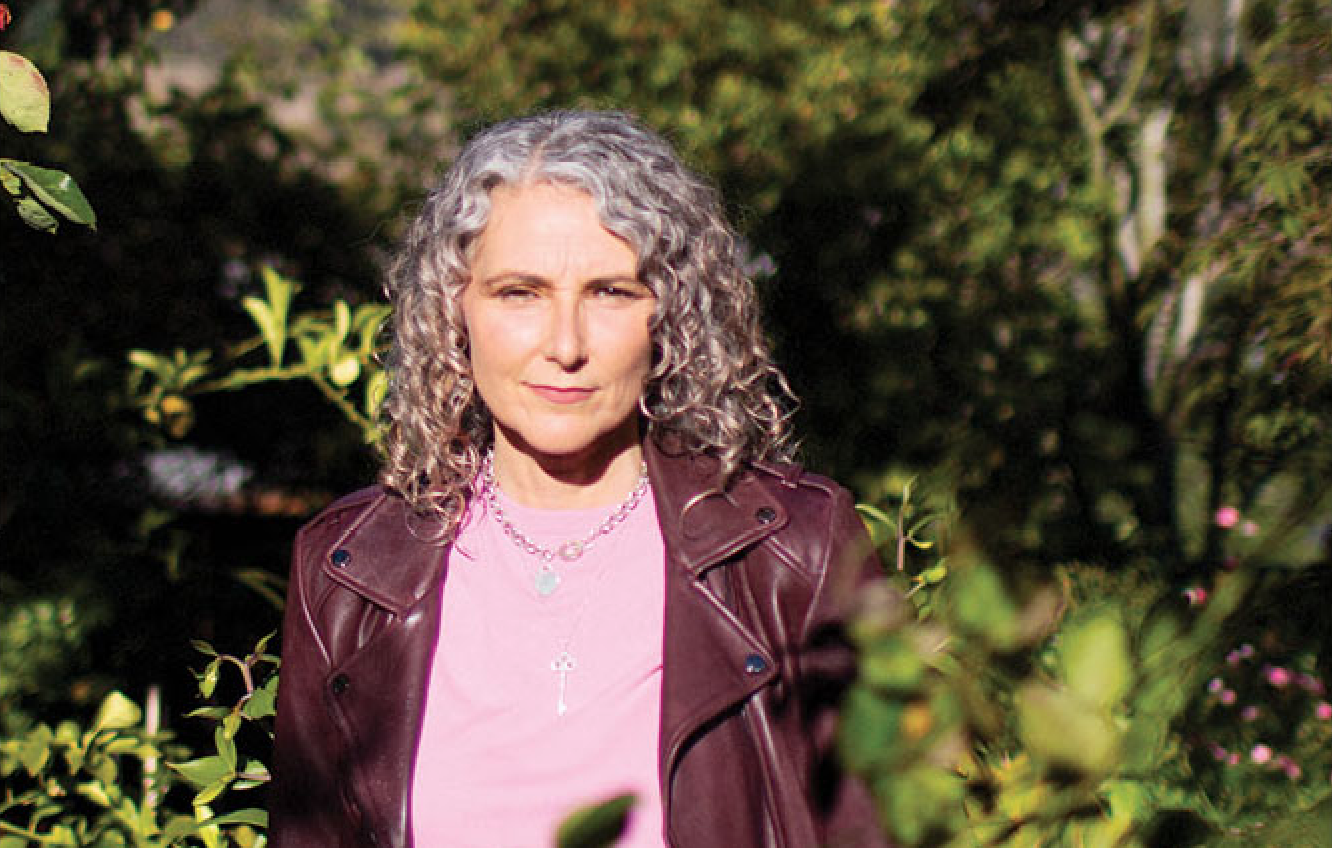
Breast cancer is the most common type of cancer in women, and while there is no one definitive cause for it, there are some risk factors that can increase your chances of developing it. Treatment for breast cancer can vary depending on the stage of cancer and the individual’s overall health, but typically includes surgery, radiation therapy, and chemotherapy. While these treatments can be effective in curing cancer, they often come with unpleasant side effects such as hair loss, nausea, and vomiting.
What is breast cancer?
Breast cancer is a type of cancer that starts in the breast tissue. While the cause of breast cancer is unknown, certain risk factors that can increase your chances of developing it. Some of these risk factors include age, family history, genetic mutations, and lifestyle factors such as smoking and drinking alcohol. Breast cancer treatments depend on the severity of cancer but are typically some combination of surgery, radiation therapy, and chemotherapy. While these treatments can be effective in curing breast cancer, they often come with unpleasant side effects such as hair loss, nausea, and vomiting.
Most common symptoms
The most common symptom of breast cancer is a new lump or mass in or near the breast. This may occur even if the patient does not notice it right away; lumps often grow and change over time and become more obvious. Other symptoms include redness, swelling, and skin irritation on or around the nipple, secretion from the nipple (i.e. a spontaneous discharge), pain in the breast or nipple area, and/or a change in breast shape.
Who is at risk?
Breast cancer isn’t just limited to older women; young women with breast cancer are more common than you might think. Most patients with breast cancer are between 55-74 years old, but younger women can still develop breast cancer. Some risk factors can increase your chances of developing breast cancer such as:
- Age- as you age, your breast tissue is more susceptible to cancer
- Genetics- women with a family history of breast cancer, especially those who have had it at an early age
- Early puberty or late menopause- this can put you at risk for developing the disease
- Menstruation and pregnancy- younger women who have gone through menopause or women who go through menopause at an older age are more likely to develop breast cancer
- Obesity- excess body fat can increase the levels of estrogen in your body, which can also put you at risk for developing breast cancer
- Not having children or breastfeeding- while this does not cause cancer, it can help protect women from developing the disease
What are the treatments?
For patients diagnosed with breast cancer, treatment will depend on the stage and severity of cancer. Treatment options may include surgery, radiation therapy, chemotherapy, and hormone therapy.
- Surgery is the primary method of treating breast cancer if it’s detected early enough. Depending on the stage and severity of cancer, surgery may be performed to either remove tissue (a lumpectomy) or both tissue and glands (a mastectomy).
- Radiation therapy uses high-energy x-rays to kill tumor cells. Radiation therapy can be administered externally using a machine that delivers the x-ray through the skin, or internally using an implant. Some patients also have radiation therapy following surgery to kill any remaining cancer cells in the breast.
- Chemotherapy uses powerful drugs to kill rapidly growing cells, including cancer cells. This treatment is often recommended for patients who are at high risk of the disease returning after surgery, or for those who have tumors that cannot be removed by surgery. Chemotherapy can be administered orally as a pill, intravenously, via injection, and topically.
- Hormone therapy uses drugs to block estrogen and progesterone production in your body. This is usually prescribed for post-menopausal women with hormone-responsive tumors, such as those that are estrogen receptor-positive. However, hormone therapy is not typically prescribed for women who have had a hysterectomy or other surgical procedure to remove their uterus.
Common side effects of early breast cancer treatment
While the full extent of possible side effects will depend on age, overall health, and prior medical history, the following are some common side effects of breast cancer treatment:
- Fatigue and weakness
- Skin irritation where the implant is placed
- Soreness in the area where the incision was made
- Mood changes, including depression or anxiety
There are many things you can do to reduce your risk of breast cancer. Some simple steps include maintaining a healthy weight, eating a balanced diet, and exercising regularly. You can also reduce your exposure to radiation and toxic chemicals by being careful about the products you use every day.
If you are diagnosed with breast cancer, it is important to find support from friends and family during your fight. Remember that you are not alone in this battle.

















